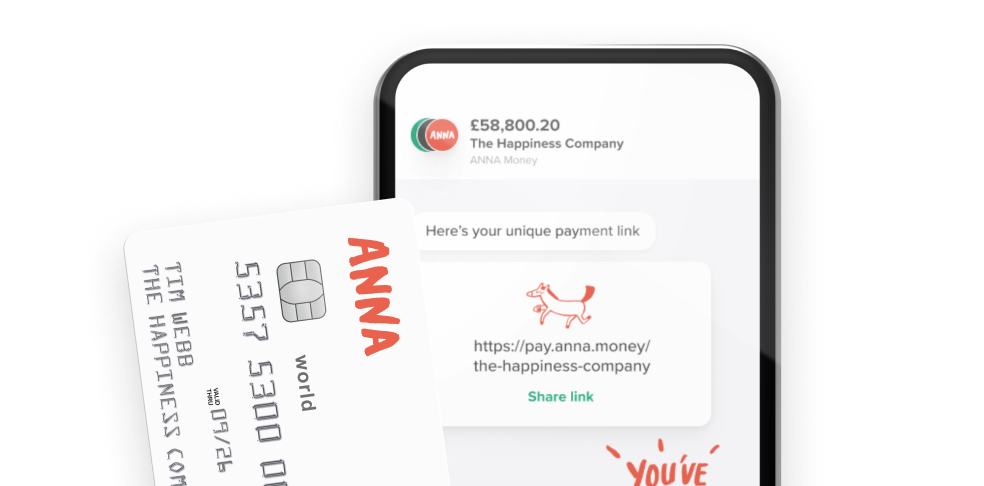Claiming tax relief is a great way to reduce your tax bill. When you’re registered as a limited company, there are many allowable reliefs HMRC has provided businesses to use in the preparation of their corporation tax returns, so let’s have a look at what’s on offer.


What are capital allowances?
A capital allowance is a type of tax relief you can use when you have purchased capital assets within the tax year. You can treat them as a type of business expense which in turn can contribute to reducing your taxable profit amount. This works well because corporation tax is calculated on your taxable profit total. So by reducing it, we consequently reduce the calculated corporation tax due. This tax is currently calculated at a rate of 25% for companies with profits over £250,000, and 19% for companies with profits under £50,000. For companies with profits between £50,000 and £250,000, marginal relief applies.
What capital allowances can I claim?
A business can claim a capital allowance when they make a large asset purchase. This type of purchase is usually different to typical business allowable expenses.
You can claim capital allowances on:
- Equipment
- Machinery
- Business vehicles
Such items are commonly categorised as "plant and machinery" (source: gov.uk) in your accounts.
Types of capital allowances
You can claim different amounts, depending on which capital allowance you use. If your capital item qualifies under more than one type, then you must choose which capital allowance to apply it under.
Annual Investment Allowance (AIA)
You can claim up to £1 million on certain plant and machinery. The AIA limit is permanently set at £1 million on a permanent basis (source: www.gov.uk).
AIA offers business owners the chance to deduct the full price of a capital asset from the company's taxable profits in the same accounting period that the asset was purchased in.
Note: You cannot apply AIA and full expensing/first-year allowances to the same expenditure.
100% first year allowances
This allowance gives you the choice to claim the full amount for certain plant and machinery in the year that it was bought. If you buy an asset that qualifies for this allowance type, then you can deduct the full cost from your profits before tax.
What qualifies for this allowance?
You can claim ‘enhanced capital allowances’ for the following equipment, which must be new and unused:
- Electric cars and cars with zero CO2 emissions
- Plant and machinery for gas refuelling stations, for example storage tanks, pumps
- Gas, biogas and hydrogen refuelling equipment
- Zero-emission goods vehicles
- Equipment for electric vehicle charging points
- Plant and machinery for use in a special tax site (Freeports / Investment Zones), if you’re a company
The items cannot be claimed if they are going to be leased out for other people to use. Nor can they be claimed if they’re offered for use in a home that is let out by the business.
Note: 100% FYA for zero-emission cars and for equipment for EV charging points has been extended until 31 March 2026 (for Corporation Tax).
Full expensing and 50% special rate first year allowance
From 1 April 2023 the super-deduction is no longer available. Instead, companies can use full expensing (100% deduction for qualifying main rate plant and machinery) and a 50% first-year allowance for special rate assets. These measures have been confirmed on a permanent basis.
Structures and Buildings Allowance (SBA)
For qualifying expenditure on non-residential buildings and structures, businesses can claim the SBA at a rate of 3% per year on a straight-line basis over 33⅓ years.
What can you get?
The super-deduction allows you to reduce up to 130% of the cost from your profits before tax. The 50% special rate first year allowance lets you reduce 50% of the cost from your profits before tax.
Read the latest updates
You may also like
Open a business account in minutes





![140 Creative Tutoring Business Names [Ideas & Examples]](https://storage.googleapis.com/anna-website-cms-prod/medium_Cover_3000_Landscaping_Business_Names_Creative_Name_Ideas_d7964059b3/medium_Cover_3000_Landscaping_Business_Names_Creative_Name_Ideas_d7964059b3.webp)

![How to Start a Self-Employed Business in the UK [Guide]](https://storage.googleapis.com/anna-website-cms-prod/medium_Cover_3000_Landscaping_Business_Names_Creative_Name_Ideas_fe5b6edef1/medium_Cover_3000_Landscaping_Business_Names_Creative_Name_Ideas_fe5b6edef1.webp)
![How to Start an Electrician Business in the UK [Guide]](https://storage.googleapis.com/anna-website-cms-prod/medium_Cover_3000_How_to_Start_a_Car_Detailing_Business_Successfully_74488a6268/medium_Cover_3000_How_to_Start_a_Car_Detailing_Business_Successfully_74488a6268.webp)












![How to Get SC Clearance UK [Step-by-Step Complete Guide]](https://storage.googleapis.com/anna-website-cms-prod/medium_cover_3000_How_to_Get_SC_Clearance_UK_Step_by_Step_Guide_fbaf58b290/medium_cover_3000_How_to_Get_SC_Clearance_UK_Step_by_Step_Guide_fbaf58b290.webp)

![How to Start an Event Planning Business [Full UK Guide]](https://storage.googleapis.com/anna-website-cms-prod/medium_Cover_3000_How_to_Start_an_Event_Planning_Business_in_the_UK_9e78d91fa0/medium_Cover_3000_How_to_Start_an_Event_Planning_Business_in_the_UK_9e78d91fa0.webp)
![How to Start a Hoodie Business in 2025 [Full Guide]](https://storage.googleapis.com/anna-website-cms-prod/medium_Cover_3000_How_to_Start_a_Hoodie_Business_in_2025_Guide_17060b578d/medium_Cover_3000_How_to_Start_a_Hoodie_Business_in_2025_Guide_17060b578d.webp)
![How to Start a Bakery Business in the UK [2025 Guide]](https://storage.googleapis.com/anna-website-cms-prod/medium_Cover_3000_How_to_Start_a_Copywriting_Business_from_Scratch_e47ea6b2a6/medium_Cover_3000_How_to_Start_a_Copywriting_Business_from_Scratch_e47ea6b2a6.webp)
